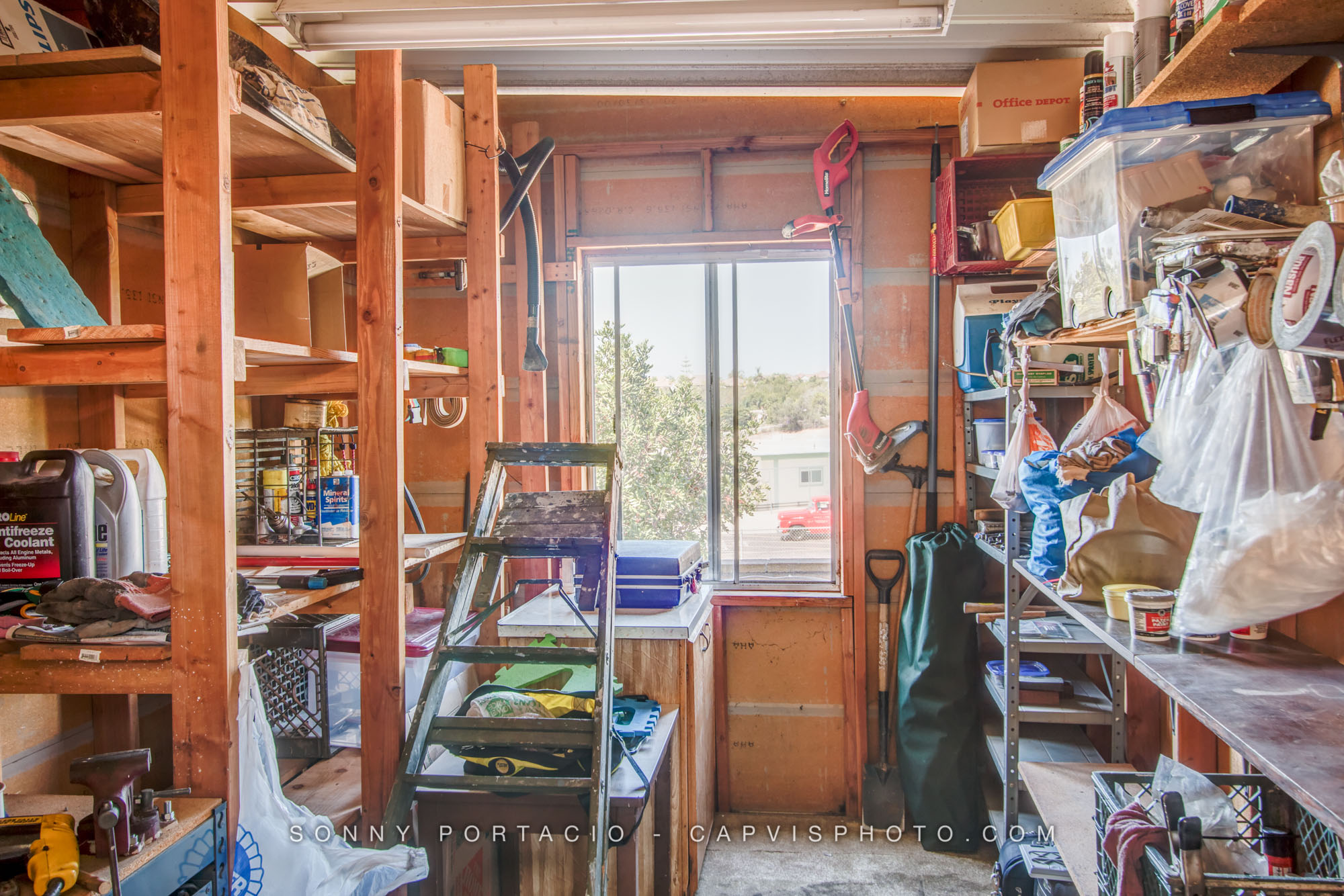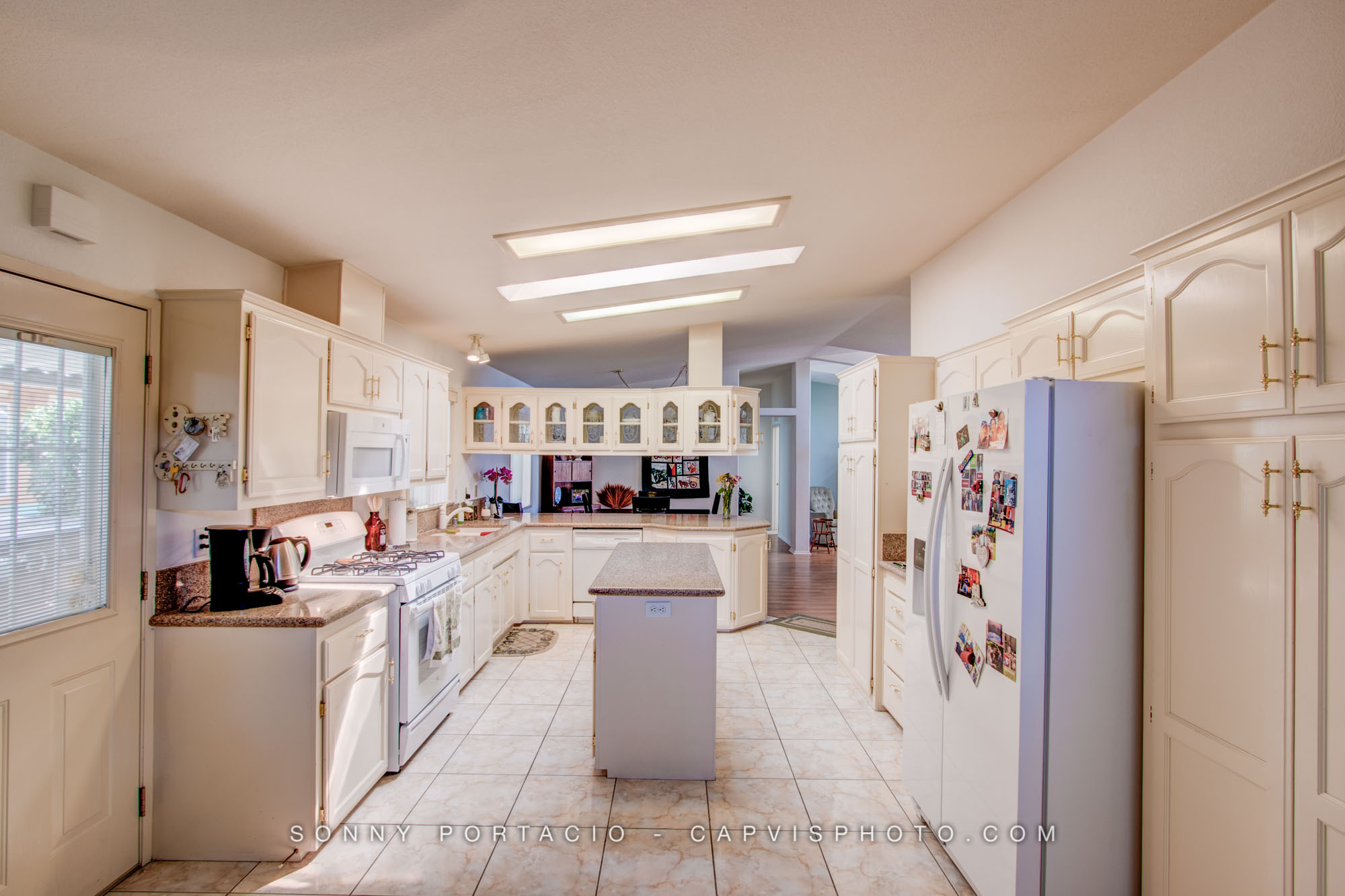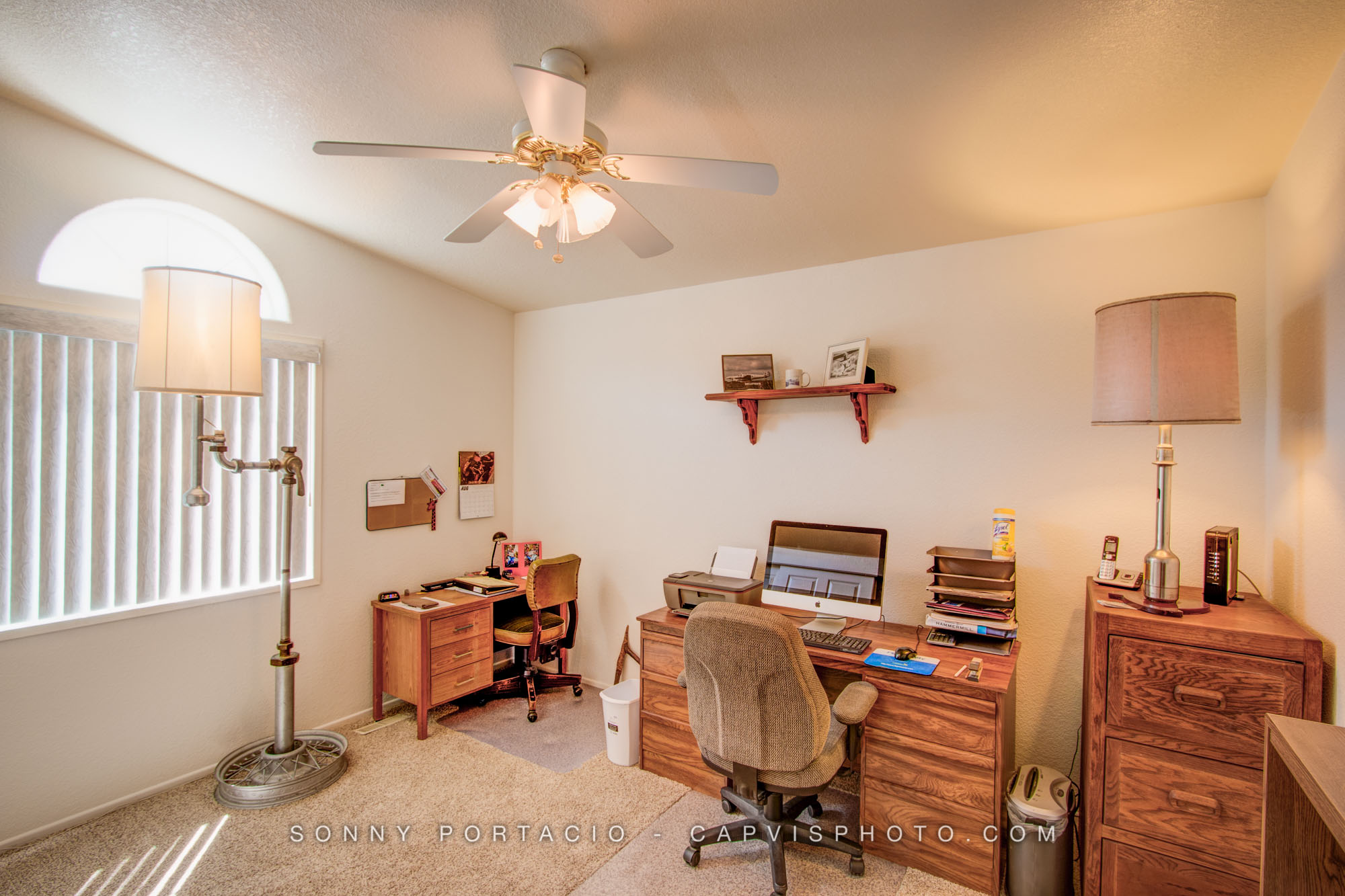Real Estate and Architecture
I was hired to capture some images of a Senior living residential facility recently. It's important when photographing locations such as rooms, buildings and outdoor spaces to capture the essence of what makes that place special. You want to make sure you convey the mood and experience of the location to someone who may not have visited the property. There are some challenges in order to do this well, so I thought I'd share a few tips to help you if you are ever asked to shoot a real estate location such as a home or commercial building.
Select the right equipment for the job:
You're going to want a wide angle lens (10mm - 16mm) so that you can showcase smaller rooms (living spaces) as well as giving the full view of larger spaces (dining halls, lobbies, courtyards, etc.).
Select a camera body that produces clean, low-noise images at higher ISOs. You're going to want to be able to shoot in dim or downright dark areas and you don't want your camera body to produce noise (artifacts, splotches and specks) in the final image.
Select a rock solid tripod. I shoot all my architecture images on a tripod. I get nice sharp images and can use longer shutter speeds without worrying about camera shake-blur.
Hone your capture technique:
Make sure your lines are squared up! Although you can fix some of this in post processing, it sometimes doesn't come out quite right and you'll have to throw away (crop) some of your image to fix it. Get it right "in camera" the first time.
Bracketed shots and High Dynamic Range (HDR): I shoot almost all of my architecture images using 7 exposure bracketed images, one stop apart. I may not use them all, but have them just in case.
Sharpen your post processing skills:
This is where the final magic happens. My tip here is practice, practice, practice. It takes time to learn how to use image editing software effectively. I bring in all the images through a process of 2 (and sometime 3) pieces of software to get the image I want. For finer control, I'll use a pen and tablet (Wacom) to "paint" and manually touch up an image to get it just right. Clients will have different preferences so I will usually provide them with some samples and get feedback from them on the style they would like. Once they've chosen their images, I'll spend extra time on them to really make them pop.
CLICK ON ANY IMAGE FOR A LARGER VIEW
















